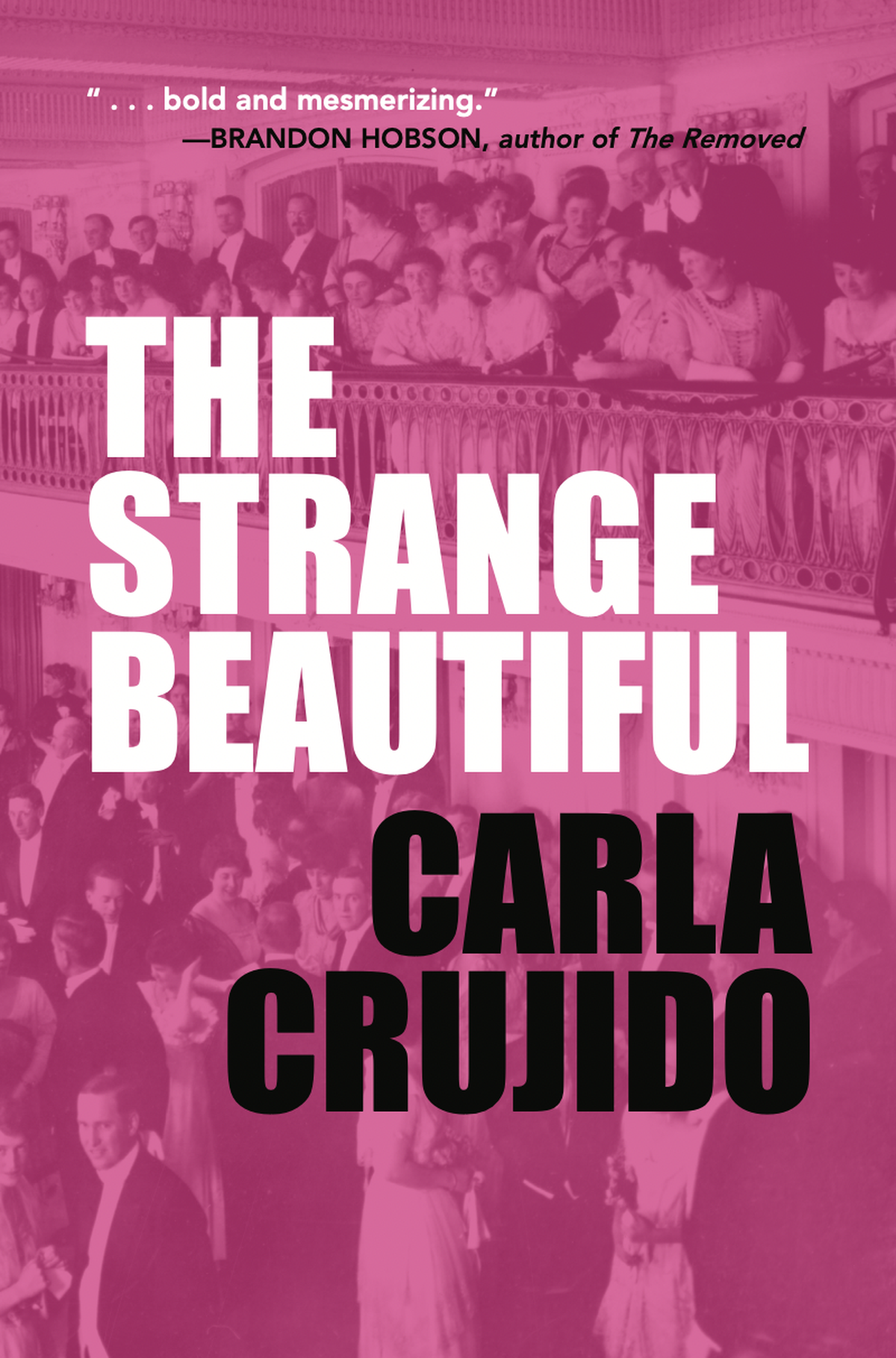‘There’s nothing worse than a forgotten story’: With ‘The Strange Beautiful,’ Carla Crujido mixes fantasy and Spokane history

Author Carla Crujido has lived all over the country but Spokane has always been special to her.
“If it weren’t for Spokane, I would not exist,” she said. That’s because Crujido’s parents met in the area, while both attended Eastern Washington University.
Growing up, Crujido’s father was a nuclear engineer, which meant the family often had to pick up and move for his job, but every summer the family could be found in the Pacific Northwest.
“We would be in Priest River every summer visiting my grandma, and then we would spend time in Spokane,” Crujido said.
While in town, the family would make he necessary stops, like book shopping at Auntie’s and lunch at the Steer Inn.
“They’re some of my happiest memories,” Crujido said. “For a little girl who had to live all over the United States growing up and was uprooted a lot, that just always felt like home to me.”
Crujido didn’t choose Spokane to be the backdrop for her debut fictional work, “The Strange Beautiful,” she said, “it really chose me.” Crujido will be in Spokane on Tuesday to discuss her new book at a Northwest Passages Book Club event.
But before Crujido was a published writer, she attended the Fashion Institute of Design and Merchandising in San Francisco, moved to Hollywood – and hated it – in search of a “glammy” life, had a son, was a bookseller for almost 30 years and got her master’s in creative writing from the Institute of American Indian Arts.
“That program really changed my life,” Crujido said of the arts institute. “The people that I met there, and the experiences I had there, it just it changed my life … and it also led to me writing this book.”
Crujido’s short stories in “The Strange Beautiful” are part fairy tale, part historical fiction, as they offer a glimpse into the lives of 10 tenants living in Spokane’s Mount Vernon apartments on the South Hill from 1914 to present.
The seed was planted for “The Strange Beautiful” in 1994, when Crujido and her mother watched “Benny and Joon,” a romantic-comedy drama film shot in Spokane over 30 years ago. Crujido’s mother recognized one of the character’s, Ruthie’s, apartment.
“She said, ‘Carla I lived in that apartment.’ ”
But her mother couldn’t remember exactly where the building it was. This led to Crujido’s yearslong search for the complex.
“It took me the next almost 25 years for me to track down this apartment complex,” Crujido said. She found the owners and wrote them a letter asking if she could “please pop in and visit sometime.”
They said yes.
“The minute I walked into that apartment, I knew I had to write something set in that apartment building,” she said. From there, the stories just started flowing.
Throughout the book, there are nods to Spokane’s past. Characters frequent the Davenport Hotel and the Crescent Department Store. A photographer takes a snapshot of “the twin stacks of the Steam Plant.” An interracial couple seeks the legal help of Carl Maxey after a civil rights violation.
Crujido did a lot of research to get all of these details just right.
“I’d get lost in my research for hours and hours on end,” she said. “I was either in the photo archives for the Historical Society or I was delving into Spokesman-Review newspaper articles.”
Still, some things didn’t require any research at all.
“Some of it just lived inside of me from having spent so much time up there… It was just my lived experience,” Crujido said.
More than just lovers of history, Crujido’s work will appeal to lovers of fantasy. Each story seems to be both real and surreal as Crujido’s characters interact with a talking bear, mannequins that come to life and a telephone that transcends the limits of time.
Crujido said including fantastical elements in her stories was necessary to capture their emotional truth.
“I tried to write this as just a straight historical novel and it didn’t work,” she said. “I realized if I wrote in metaphor, things came out more easily and I was able to be more truthful in my writing and dig deeper and muddy up the characters.
“People have to read and think outside the box a little bit, but I hope that they’re really getting the emotional impact that I intended going in that direction.”
What’s more, Crujido said, she’s always loved fairy tales.
After finishing “The Strange Beautiful,” Spokane will be a new experience for readers. Crossing the Monroe Bridge, readers will think of Thomas, the troubled veteran, who loved Avi, the fairy. While in the Garland District, readers might look for the radio that linked ill-fated lovers, Elsie and Warner. Most of all, walking downtown streets, readers will wonder who came before.
That’s exactly what Crujido wants to happen.
“If somebody reads it and it’s sparked something for them and then they go back and look it up, then that story is not lost, that place isn’t lost forever, and that’s really important to me,” she said.
Crujido still makes visits to Spokane and noted the tremendous changes that have been made to the city in her lifetime.
Each time a structure gets knocked down, she said, “I feel it on such an intense personal level.”
“It just really makes me sad when buildings disappear because I feel like then stories disappear,” she said. “There’s nothing worse than a forgotten story.”
With “The Strange Beautiful,” Crujido hopes to keep Spokane’s stories alive.